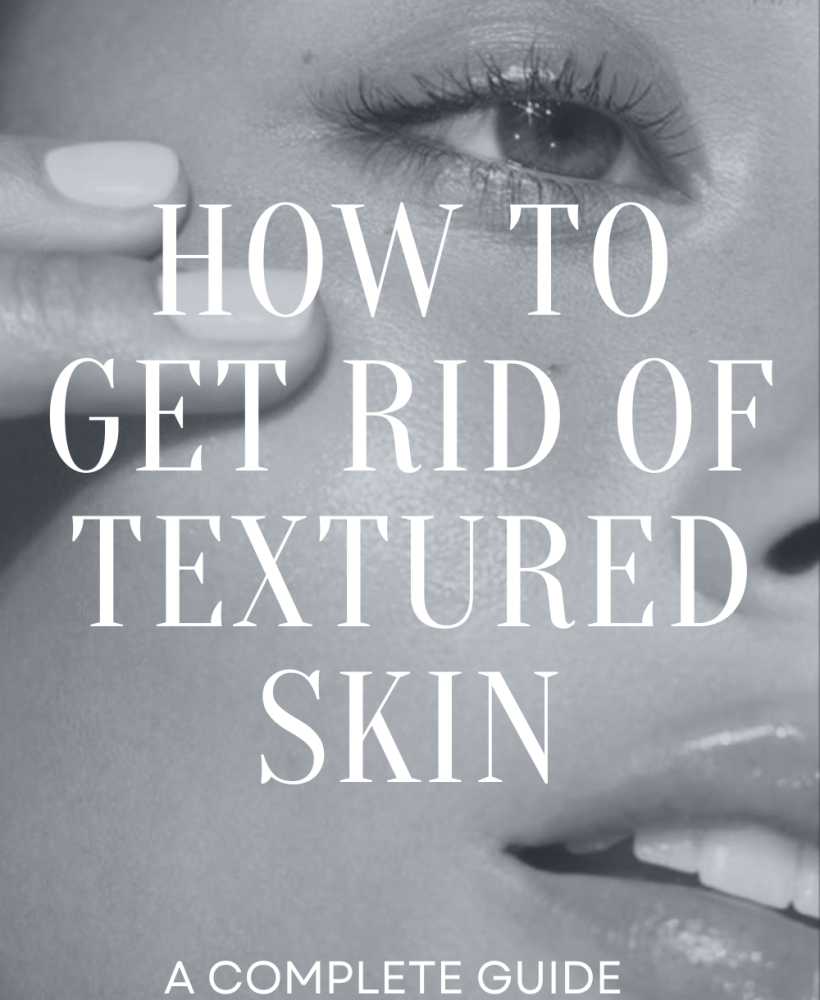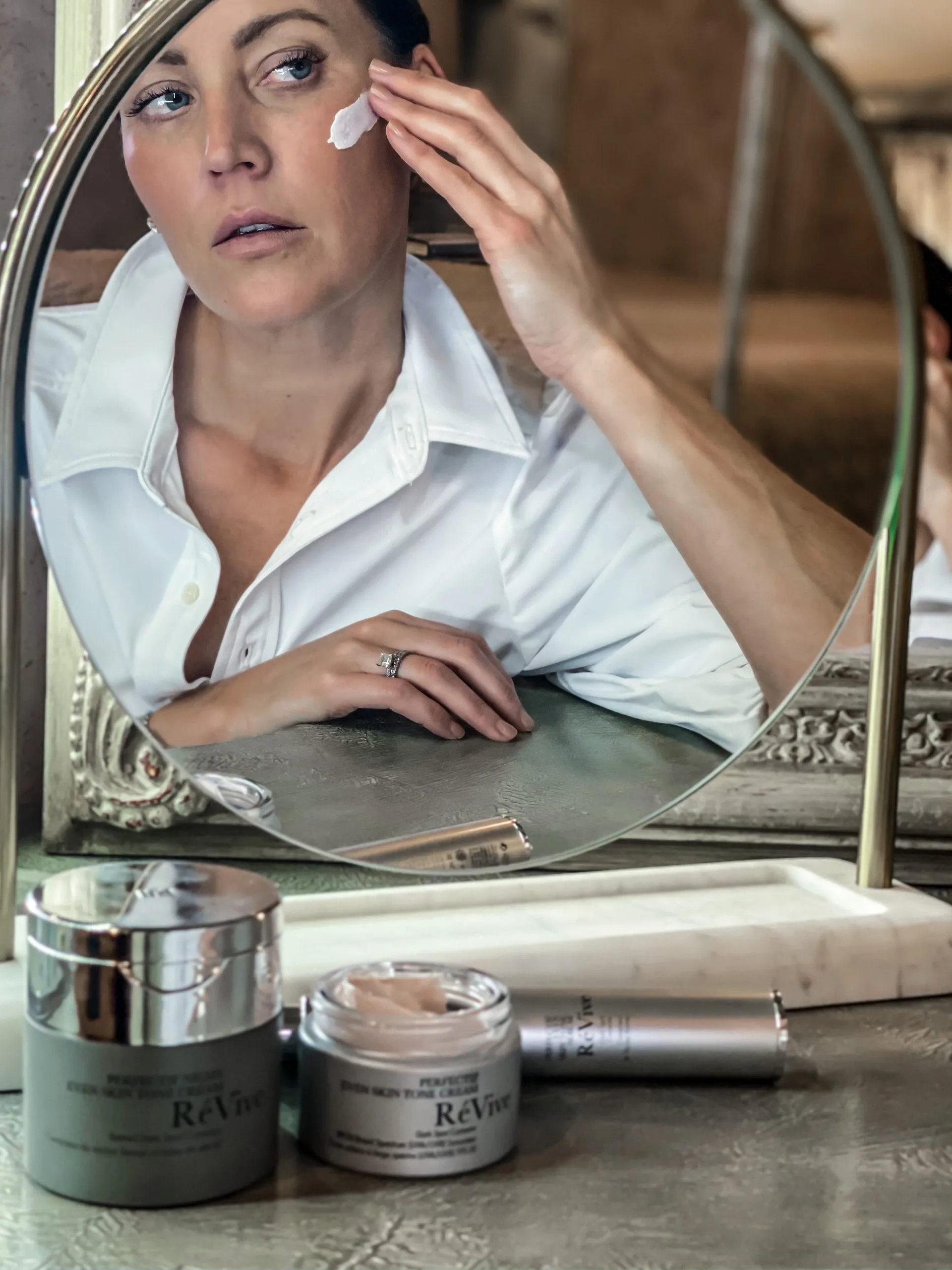A good hair care routine isn’t complete without a nourishing hair mask. While shampoo and conditioner are essential for cleansing and detangling, a hair mask works on a deeper level, providing intense hydration, strengthening strands, and restoring shine to even the most damaged hair. Think of it as a spa treatment for your locks, designed to repair and protect from the inside out.
Understanding what a hair mask is and how it works is key to maximizing its benefits. Whether you’re dealing with dry hair, frizz, split ends, or just want to keep your strands looking healthy, using a mask for your hair type can make all the difference. In this guide, I’ll share exactly how to use a hair mask properly, how often to apply it, and expert tips to ensure you’re getting salon-worthy results at home.
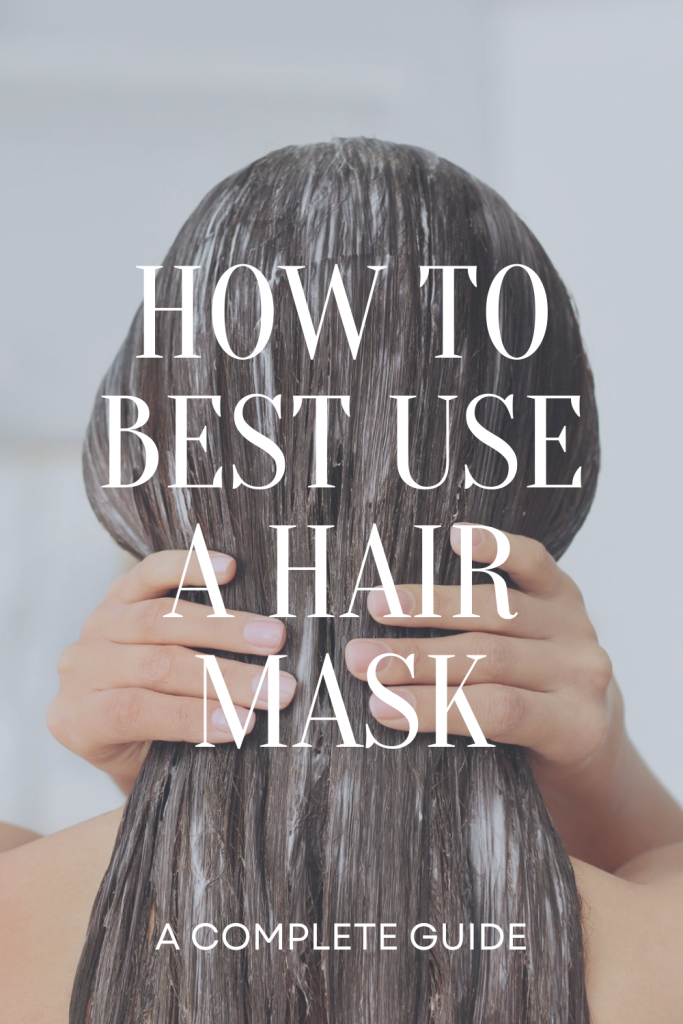
How to Use a Hair Mask
Before diving into the tips, it’s important to know what a hair mask actually does. This will help you understand why it should be a regular step in your hair care routine and how it differs from regular conditioner.
What Is a Hair Mask
A hair mask is an intensive conditioning treatment formulated to target specific concerns such as dryness, frizz, damage, or lack of shine. Unlike daily conditioners, which focus on smoothing and detangling the outer layer, hair masks penetrate deeper into the hair shaft to deliver nutrients, proteins, and moisture where your hair needs it most.
They often contain concentrated ingredients like natural oils, butters, proteins, and vitamins that repair damaged hair, improve elasticity, and boost shine. Depending on the formula, some masks can be rinsed out after 5–10 minutes, while others are designed for an overnight treatment.
Key differences from conditioner:
- Concentration – Masks have richer, more potent ingredients.
- Frequency – Used weekly or bi-weekly instead of every wash.
- Results – Provide long-term repair rather than just temporary softness.
How Do You Use a Hair Mask
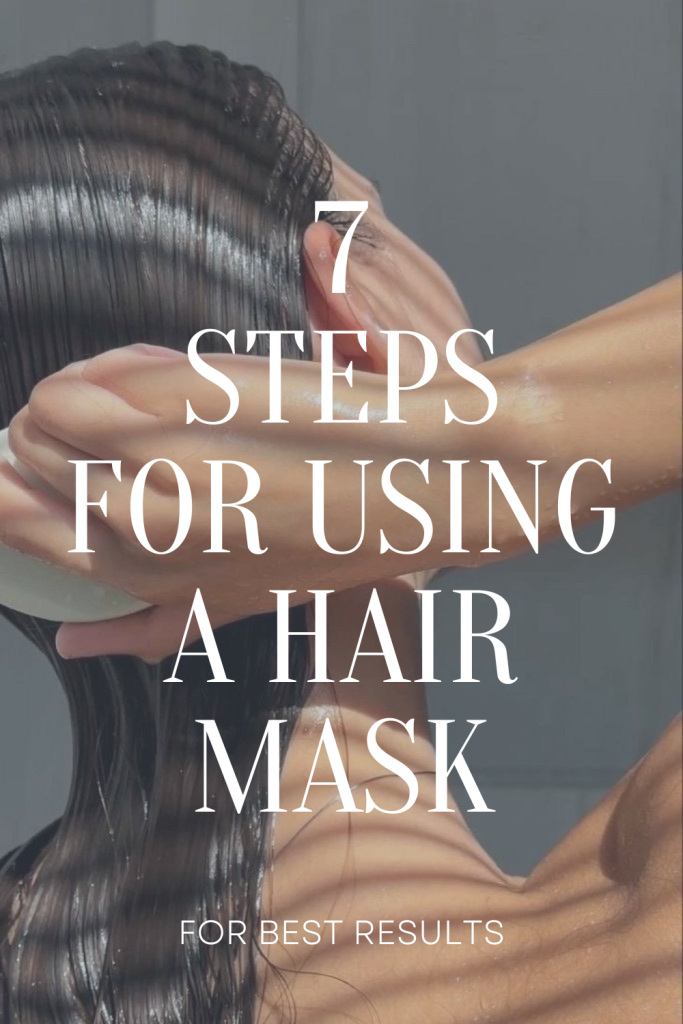
1. Wash Your Hair First
Always start with clean, wet hair so that the mask can penetrate effectively. Use a gentle shampoo to remove dirt, oil, and product buildup. If you have oily roots, check out my guide on the best products for oily hair for options that won’t strip your strands.
2. Remove Excess Water
After rinsing out your shampoo, gently squeeze out the extra water from your hair. Your strands should be damp, not dripping wet. This helps the mask cling to the strands instead of sliding right off.
3. Apply a Hair Mask Evenly
Scoop a small amount of mask for your hair type and work it through the mid-lengths to ends. Avoid applying too much at the roots, as this can cause buildup and risk weighing down your hair.
4. Use a Wide Toothed Comb
After you apply your mask, gently detangle with a wide toothed comb. This ensures even distribution so every strand is coated with the nourishing formula.
5. Let It Sit
Follow the recommended time on the product label. Most masks work best when left for at least 5–10 minutes. For deeper repair, especially for very damaged hair, wrap your hair in a warm towel to help open the cuticle and allow ingredients to sink in.
6. Rinse Thoroughly
Use lukewarm water to rinse out the mask completely. If any residue is left behind, it can make your hair feel heavy or greasy.
7. Dry and Style as Usual
Gently towel-dry your hair, then follow with your usual styling products or heat protectant. You’ll immediately notice softer, shinier, and smoother hair.
When to Use a Hair Mask
The best time to use a hair mask is right after washing your hair, when your cuticles are open and can absorb the nutrients more effectively. Many people like to use them during their Sunday self-care ritual or before a big event when they want their hair to look its absolute best.
If your hair is feeling extremely dry or brittle, you can also use a mask as an overnight treatment (just protect your pillowcase with a towel or silk scarf).
How Often Should You Use a Hair Mask
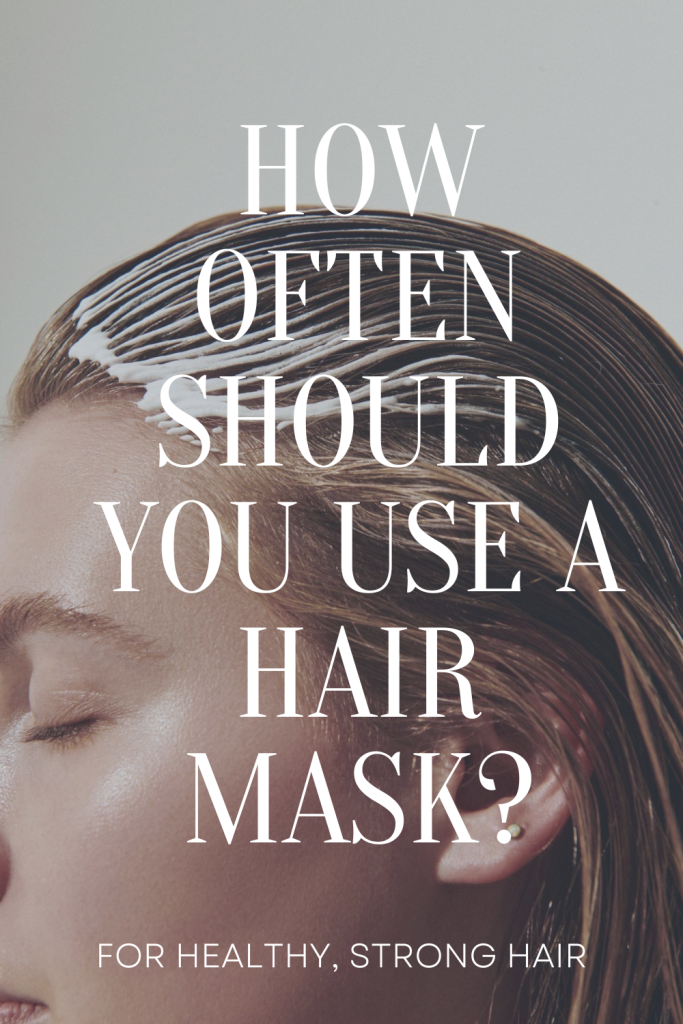
- Dry, damaged, or color-treated hair – 1–2 times per week.
- Normal hair – Once a week for maintenance.
- Oily hair – Every 10–14 days, focusing only on the ends to avoid buildup.
Consistency is key. Over time, incorporating a hair mask into your hair care routine will help prevent split ends, reduce frizz, and keep your hair strong and shiny.
Do You Use a Hair Mask Before or After Conditioner
It should always be used after shampoo but before conditioner—if your conditioner is lightweight and you want to seal in moisture. The mask works deep within the hair shaft, while conditioner’s role is to smooth and lock in the treatment.
If your mask is ultra-rich, you may not need to follow with conditioner at all. Just make sure to rinse thoroughly to avoid weighing down your hair.
Final Thoughts
Knowing how to use a hair mask the right way can completely transform the health and look of your hair. Whether you have fine, oily hair that needs a lightweight mask or thick, curly hair that thrives with richer formulas, the key is consistency and using a mask for your hair type.
From wet hair application to rinsing and styling, each step plays a role in maximizing the results. Add this treatment into your weekly routine, and you’ll see your hair become smoother, shinier, and more resilient over time.
Shop My Favorite Hair Masks for Different Hair Types
Don’t forget to pin to save for later!
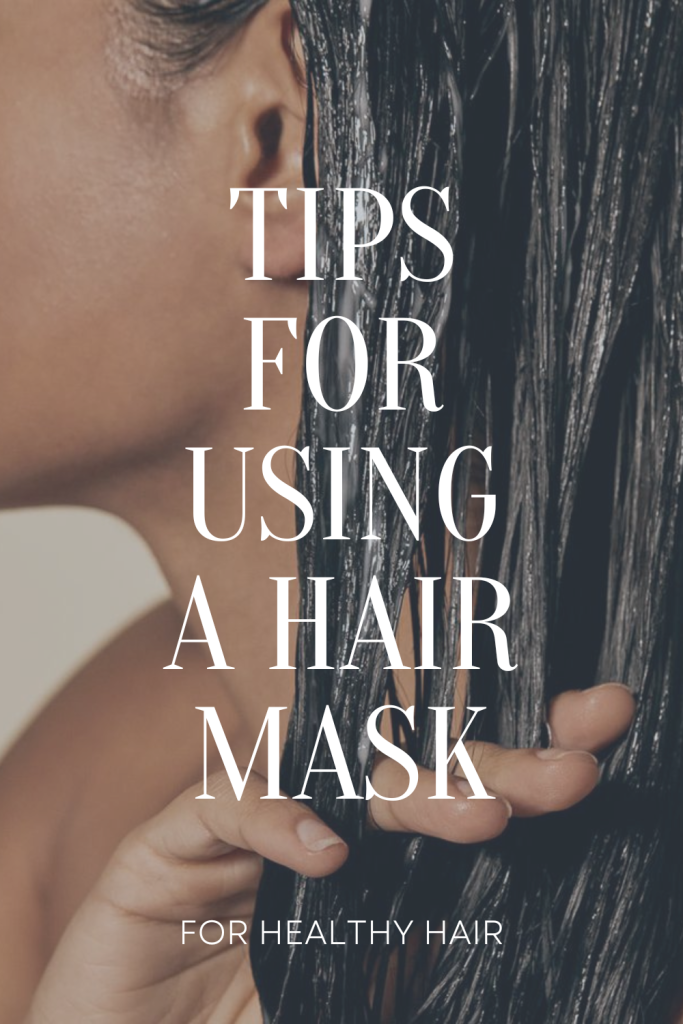
Be sure to check out my most recent posts for more style inspiration!
- 10 Outfits With Suede Boots
- Winter Airport Outfit Ideas: Stay Stylish & Comfortable While Traveling
- How to Get Rid of Textured Skin
- How To Care For Suede Boots
- Winter Fashion Color Trends for 2025
Please feel free to email me at thegraydetails@gmail.com if you have any questions! I’m always happy to help with styling or picking out a specific outfit for an event! Have an amazing day!!
You can also download the free LIKETOKNOW.IT app and follow me HERE.
STAY IN THE KNOW: Don’t forget to sign up for my exclusive Newsletter for STYLE TIPS, SALE ALERTS, AND MUCH MORE!
As always, thank you so much for stopping by today, I truly appreciate all of you! xx, Amanda
FOLLOW ALONG
Instagram | Pinterest | Facebook | Shop Instagram | You Tube


